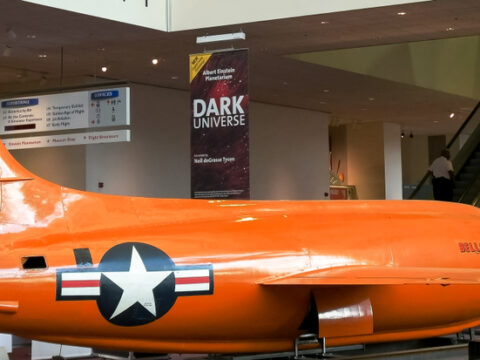Space telescopes are revolutionizing how we observe and understand the universe. Next-generation observatories, like the James Webb Space Telescope (JWST) and the upcoming Nancy Grace Roman Space Telescope, are designed to peer deeper into space than ever before. They will study distant galaxies, explore exoplanets’ atmospheres, and provide insights into dark matter and energy. With their advanced imaging capabilities and cutting-edge technology, these telescopes promise to transform our understanding of cosmic phenomena, helping answer fundamental questions about the origins and future of the universe.
Contents
James Webb Space Telescope (JWST)
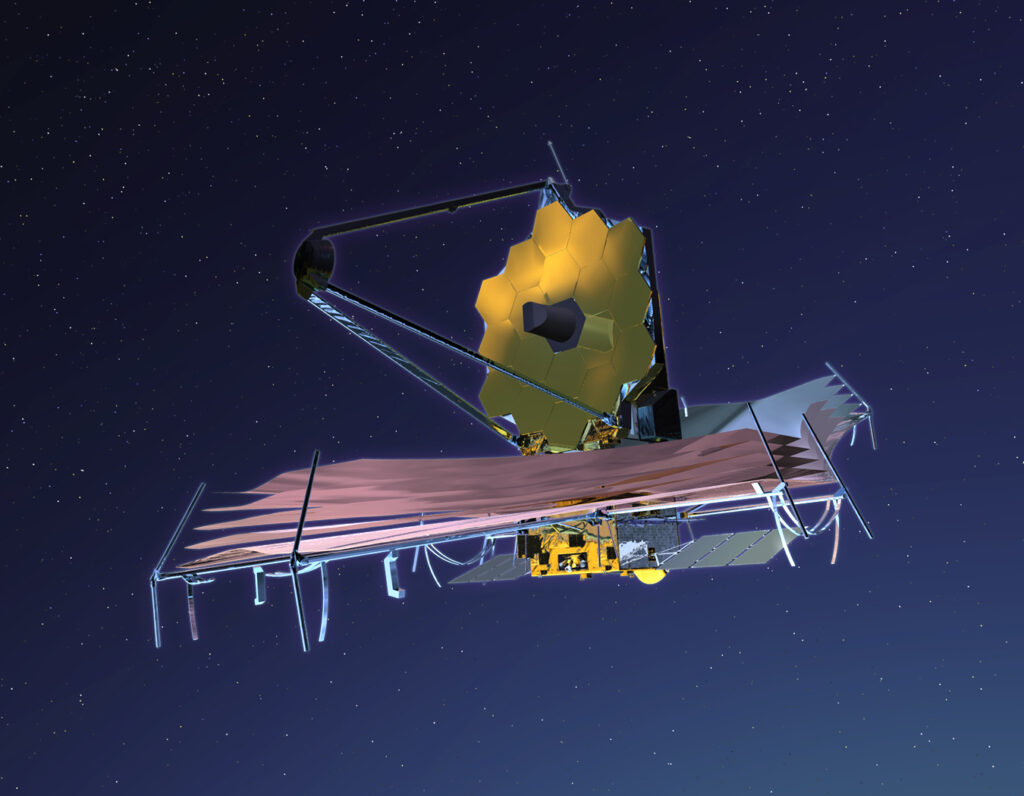
Launched on December 25, 2021, the James Webb Space Telescope (JWST) is a collaborative project between NASA, the European Space Agency (ESA), and the Canadian Space Agency (CSA). As the successor to the Hubble Space Telescope, JWST features a 6.5-meter primary mirror composed of 18 hexagonal segments, allowing it to capture unprecedentedly detailed images in the infrared spectrum. Spearheaded by NASA’s Goddard Space Flight Center, JWST aims to explore the formation of stars and galaxies, study exoplanet atmospheres, and investigate the early universe. Its advanced instruments, including the Near Infrared Camera (NIRCam) and the Mid-Infrared Instrument (MIRI), enable scientists to peer deeper into space and time than ever before.
Nancy Grace Roman Space Telescope
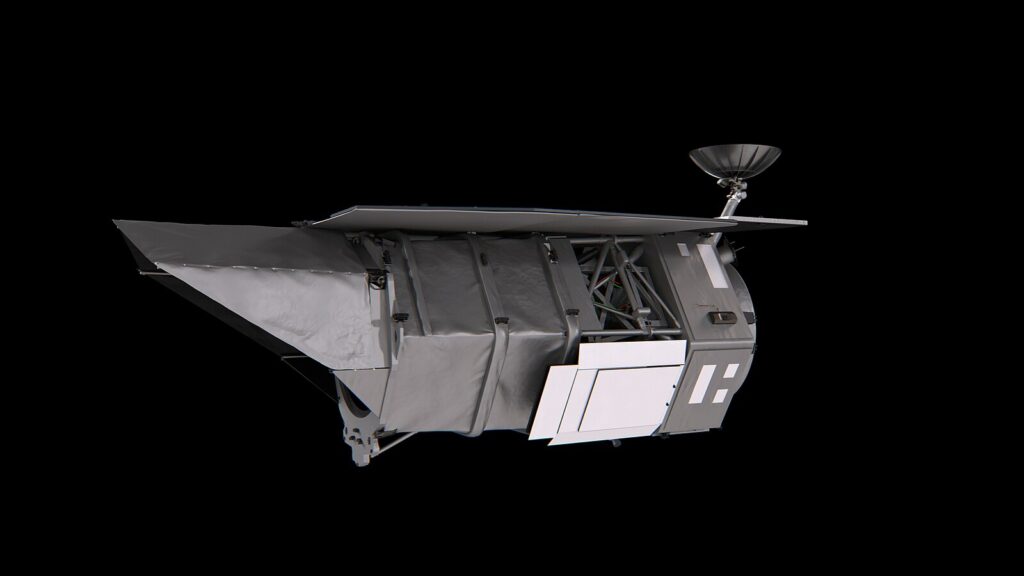
Scheduled for launch in the mid-2020s, the Nancy Grace Roman Space Telescope (formerly WFIRST) is a NASA project named after the pioneering astronomer Nancy Grace Roman. Featuring a 2.4-meter primary mirror, Roman will conduct wide-field imaging and spectroscopy in the near-infrared. Its main objectives include studying dark energy, mapping the distribution of galaxies, and searching for exoplanets using microlensing techniques. The telescope’s Field of View (FoV) is 100 times greater than Hubble’s, enabling it to survey large areas of the sky rapidly. Developed by NASA’s Goddard Space Flight Center, Roman is poised to provide crucial insights into the expansion of the universe and the nature of dark energy.
Euclid
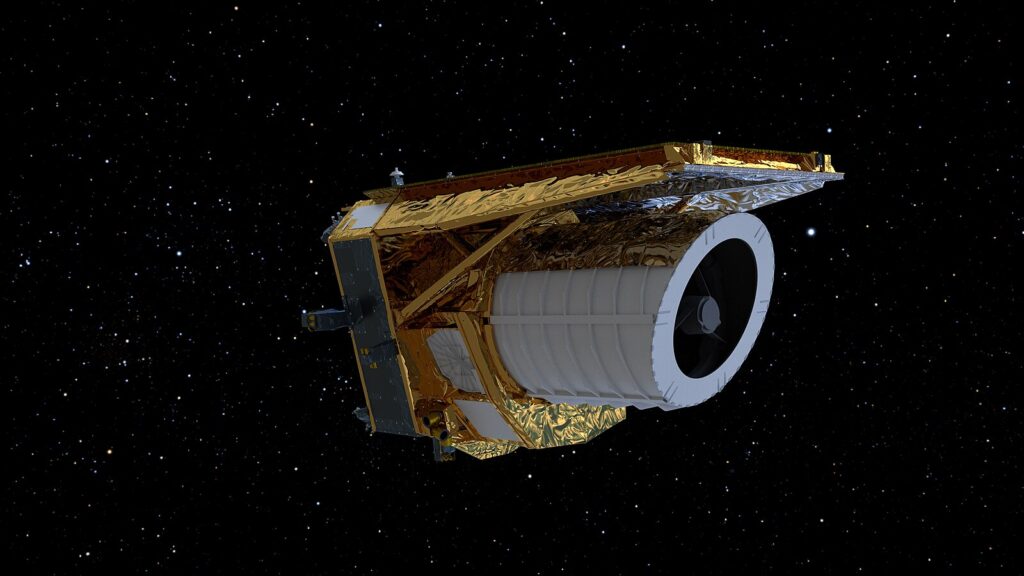
Euclid is a European Space Agency (ESA) mission launched on July 1, 2023. Named after the ancient Greek mathematician Euclid, this space telescope is designed to map the geometry of the dark universe. With a 1.2-meter primary mirror and instruments optimized for visible and near-infrared wavelengths, Euclid will survey billions of galaxies to study dark matter and dark energy. Managed by ESA’s Science Directorate, Euclid aims to understand the accelerated expansion of the universe by precisely measuring the distribution and shape of galaxies across cosmic time.
Vera C. Rubin Observatory (Legacy Survey of Space and Time – LSST)
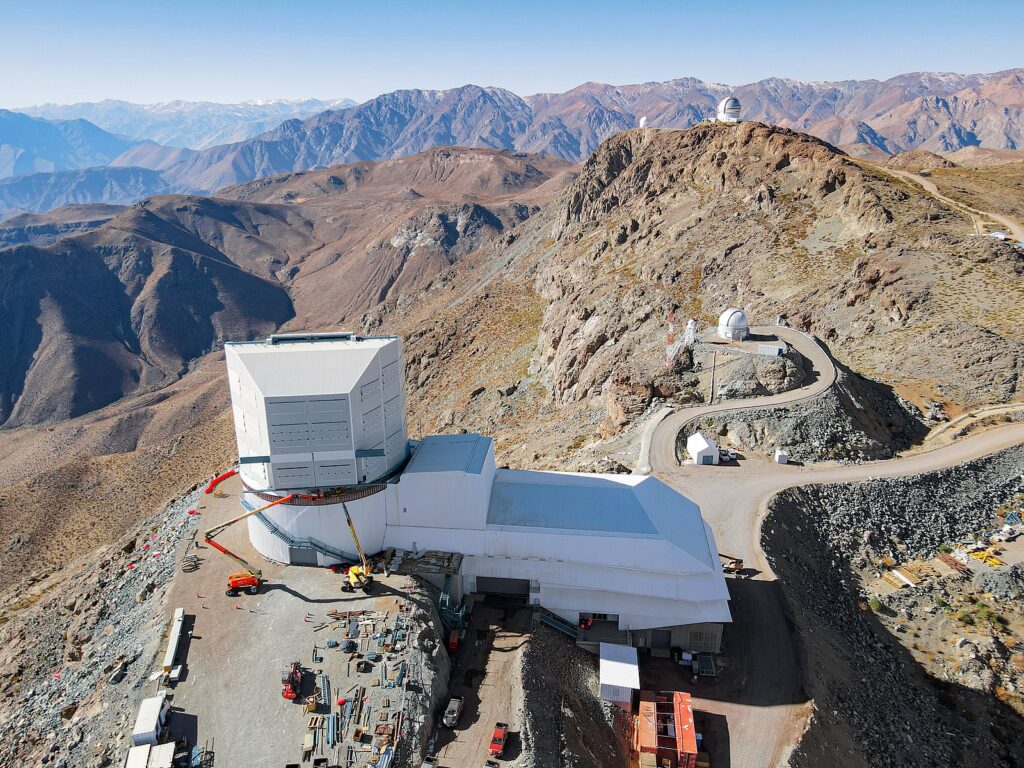
Although primarily a ground-based telescope, the Vera C. Rubin Observatory’s Legacy Survey of Space and Time (LSST) complements space telescopes by providing extensive time-domain data. Located in Chile and scheduled to begin full operations in 2023, LSST features an 8.4-meter primary mirror and a 3.2-gigapixel camera, making it the largest digital camera ever constructed. Rubin Observatory will survey the entire visible sky every few nights, enabling studies of transient phenomena, dark energy, and the structure of the Milky Way. This synergy between space and ground-based observatories will enhance our comprehensive understanding of dynamic cosmic events.
Transiting Exoplanet Survey Satellite (TESS)

Launched by NASA on April 18, 2018, the Transiting Exoplanet Survey Satellite (TESS) is dedicated to discovering exoplanets around the brightest stars near Earth. Equipped with four wide-field cameras, TESS surveys 85% of the sky, focusing on stars within 200 light-years. The mission, managed by MIT’s Kavli Institute for Astrophysics and Space Research, utilizes the transit method to detect exoplanets by monitoring periodic dips in starlight. TESS has already identified thousands of potential exoplanets, providing targets for further study by telescopes like JWST to analyze their atmospheres and compositions.
Hubble Space Telescope
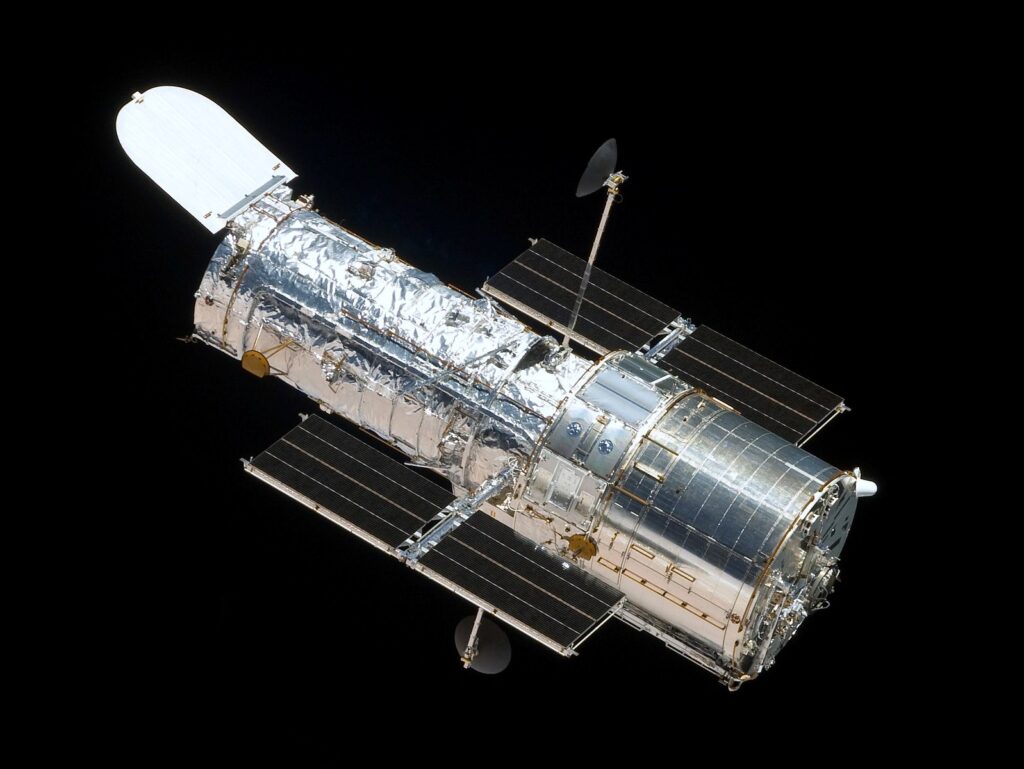
Since its launch on April 24, 1990, the Hubble Space Telescope has been a cornerstone of modern astronomy. Managed by NASA and operated in partnership with ESA, Hubble’s 2.4-meter primary mirror and suite of scientific instruments have provided breathtaking images and invaluable data across the electromagnetic spectrum. Hubble has significantly advanced our understanding of the universe, from determining the rate of its expansion to discovering dark energy and observing the formation of stars and galaxies. Despite the advent of newer telescopes, Hubble continues to operate and contribute to groundbreaking discoveries.
Chandra X-ray Observatory
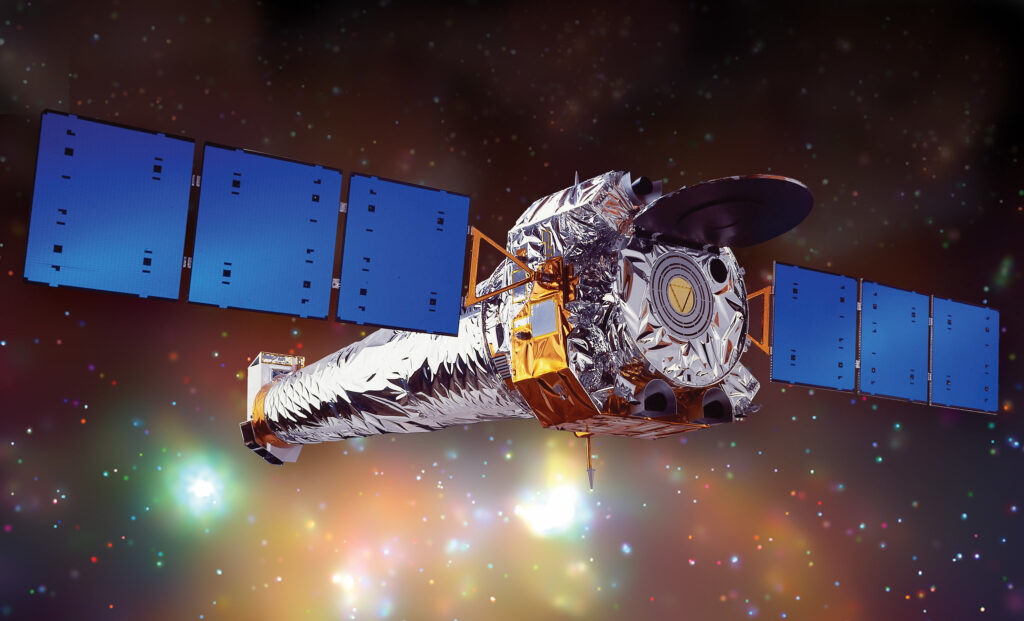
Launched by NASA on July 23, 1999, the Chandra X-ray Observatory is one of the foremost space-based X-ray telescopes. With its high-resolution mirrors and advanced detectors, Chandra studies high-energy regions of the universe, including black holes, supernova remnants, and galaxy clusters. Managed by the Smithsonian Astrophysical Observatory, Chandra has provided critical insights into the behavior of matter under extreme conditions, the formation of heavy elements, and the dynamics of cosmic phenomena, enriching our understanding of the universe’s most energetic events.
XMM-Newton
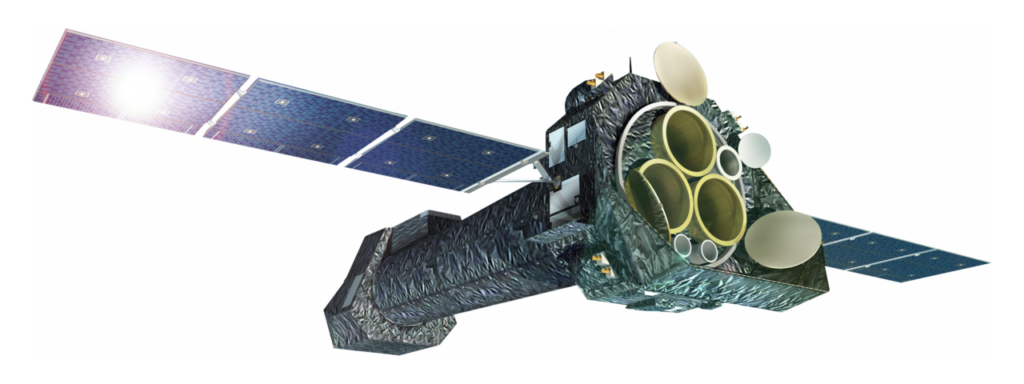
The XMM-Newton (X-ray Multi-Mirror Mission – Newton) is an ESA flagship X-ray observatory launched on December 10, 1999. Equipped with three X-ray telescopes and an optical monitor, XMM-Newton conducts extensive studies of astronomical objects emitting X-rays, such as neutron stars, black holes, and active galactic nuclei. The mission is named after Sir Isaac Newton and is managed by ESA’s Science Directorate. XMM-Newton’s large collecting area and advanced instrumentation allow it to perform detailed spectroscopy and imaging, contributing significantly to our knowledge of high-energy astrophysical processes.
Kepler Space Telescope
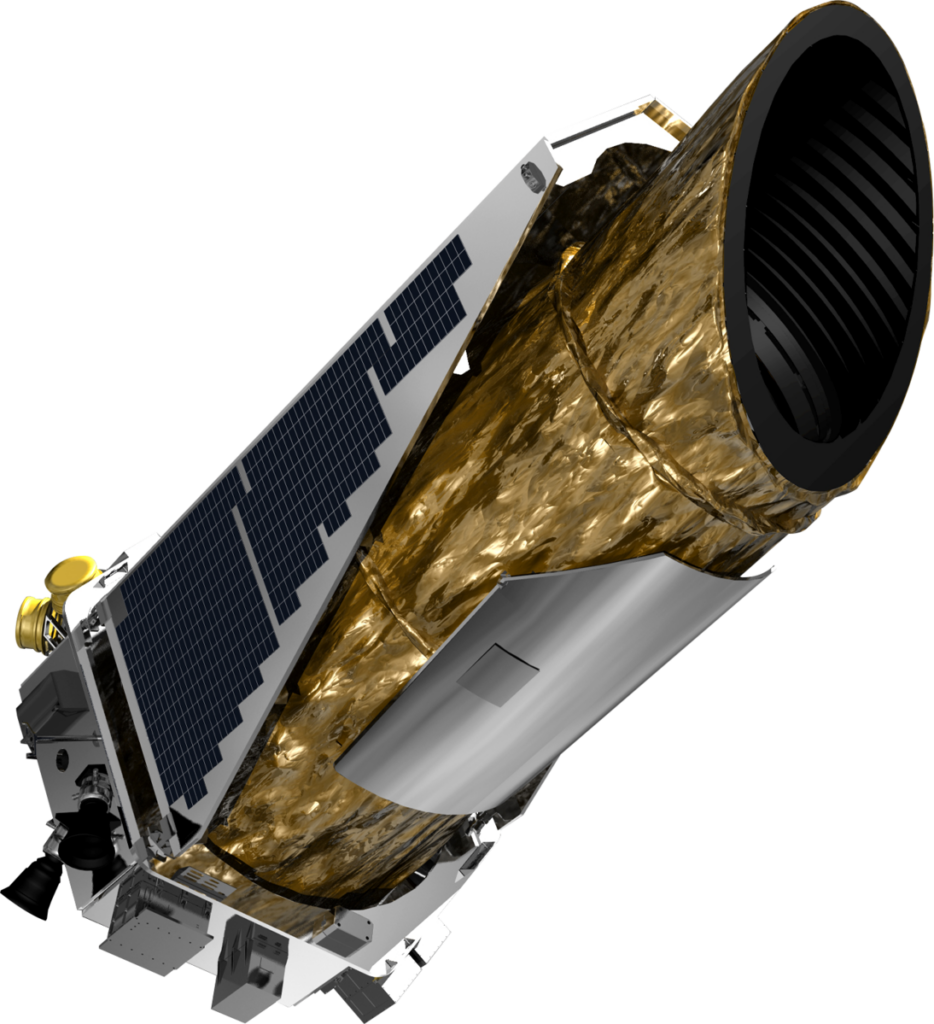
Launched by NASA on March 7, 2009, the Kepler Space Telescope revolutionized the search for exoplanets. Kepler utilized the transit method, monitoring the brightness of over 150,000 stars in a fixed field of view to detect periodic dips indicative of orbiting planets. Managed by NASA’s Ames Research Center, Kepler discovered thousands of exoplanet candidates, including many Earth-sized worlds in the habitable zones of their stars. Although its primary mission ended in 2013, Kepler’s extended mission continued until 2018, leaving a profound legacy in the field of exoplanetary science.
Gaia
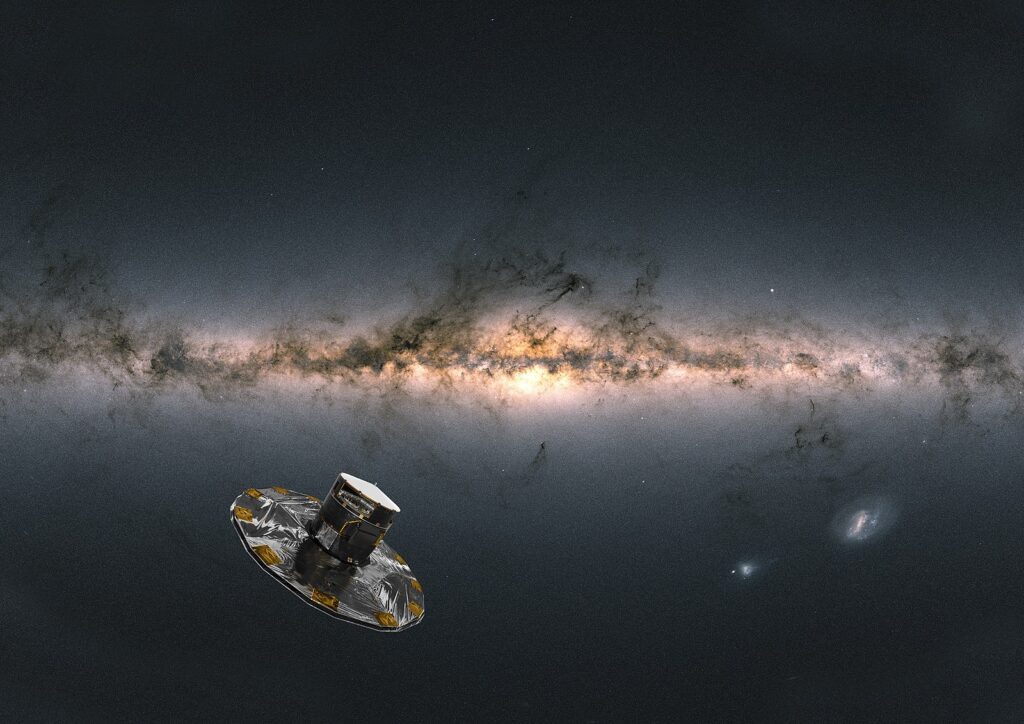
The Gaia mission, launched by ESA on December 19, 2013, aims to create the most precise 3D map of our galaxy, the Milky Way. Gaia’s astrometric measurements track the positions, distances, and motions of over a billion stars with unprecedented accuracy. Managed by ESA’s Gaia Data Processing and Analysis Consortium (DPAC), Gaia provides invaluable data for studying the structure, formation, and evolution of the Milky Way. Its comprehensive dataset enables astronomers to explore stellar populations, dark matter distribution, and the dynamics of the galaxy with unparalleled detail.
Spitzer Space Telescope
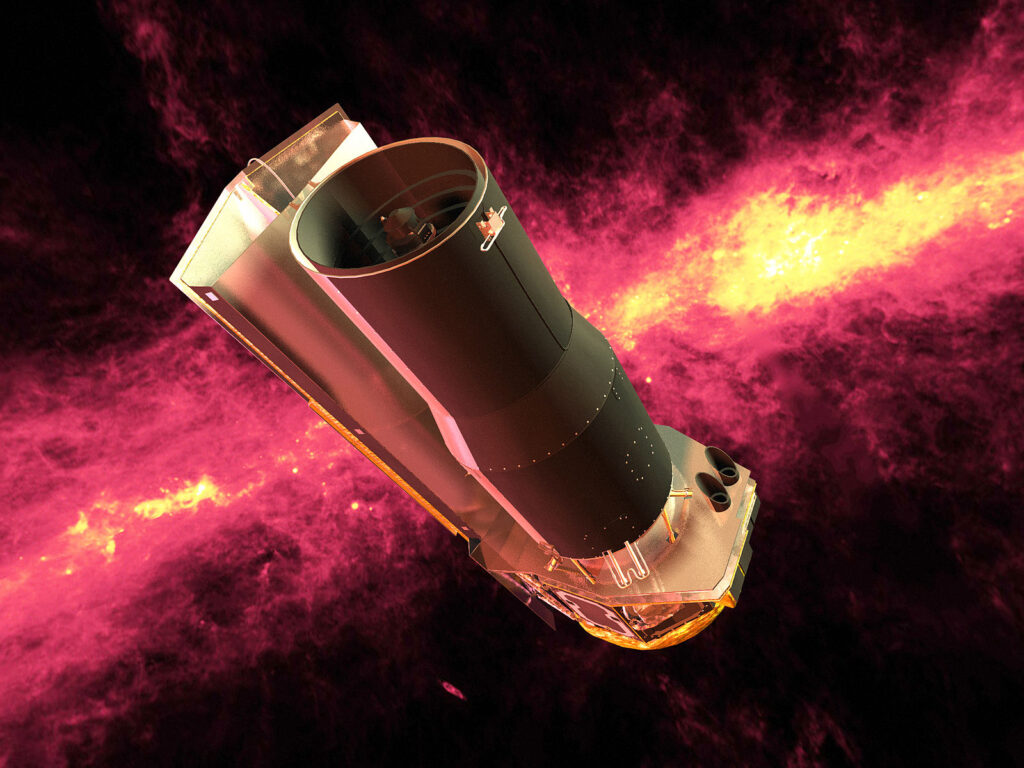
Launched by NASA on August 25, 2003, the Spitzer Space Telescope was a pioneering infrared observatory. Equipped with a 0.85-meter primary mirror and three infrared instruments, Spitzer explored the universe in wavelengths from 3 to 180 microns. Managed by the Jet Propulsion Laboratory, Spitzer’s observations have been crucial in studying star formation, the composition of interstellar dust, exoplanet atmospheres, and distant galaxies obscured by dust. Although Spitzer’s mission concluded in January 2020, its legacy continues to influence infrared astronomy and inspire future missions.
Wide-field Infrared Survey Explorer (WISE)
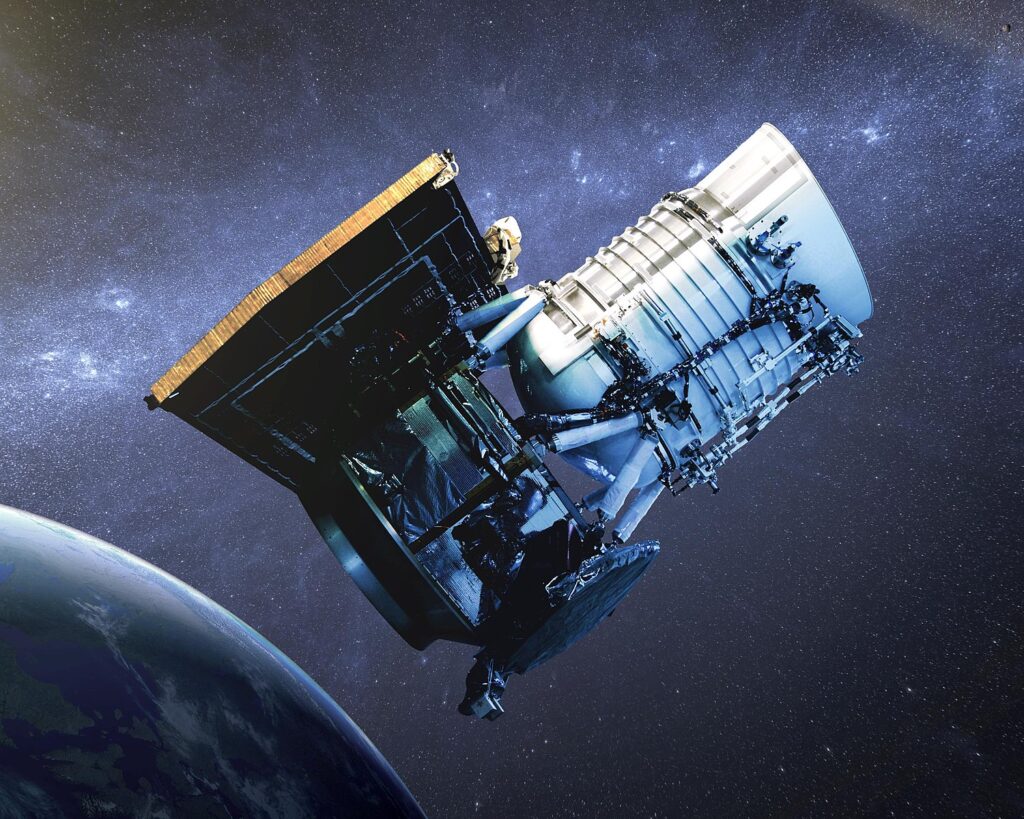
NASA’s Wide-field Infrared Survey Explorer (WISE) was launched on December 14, 2009, to map the sky in infrared wavelengths. With its 40-centimeter (16-inch) telescope, WISE conducted an all-sky survey, discovering hundreds of thousands of asteroids, brown dwarfs, and distant galaxies. Managed by the University of California, Los Angeles (UCLA), WISE provided crucial data for understanding the distribution of objects in our solar system and beyond. The mission’s legacy continues through the NEOWISE project, which focuses on near-Earth objects and contributes to planetary defense initiatives.
Athena (Advanced Telescope for High-ENergy Astrophysics)
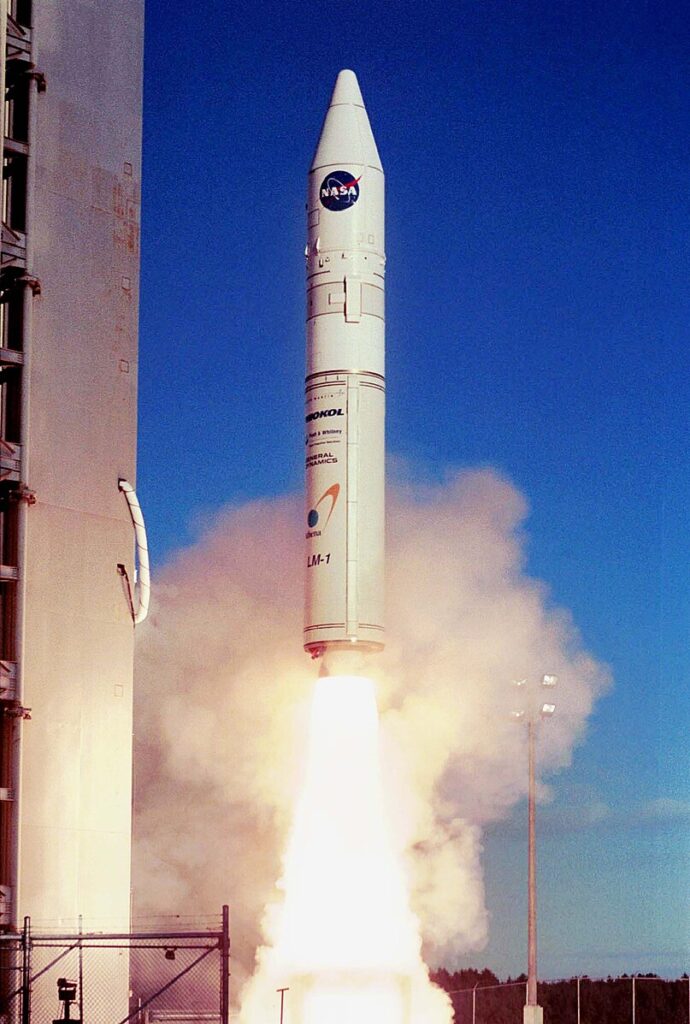
Athena is an upcoming ESA mission set to launch in the early 2030s. Designed to study high-energy phenomena in the universe, Athena will feature a large X-ray telescope with a 12-meter focal length and a 5.9-meter collecting area. The mission aims to explore the hot and energetic universe, including black holes, galaxy clusters, and the intergalactic medium. Developed by ESA’s Science Directorate, Athena will provide unprecedented X-ray observations, advancing our understanding of the fundamental processes shaping the cosmos.
LUVOIR (Large Ultraviolet Optical Infrared Surveyor)
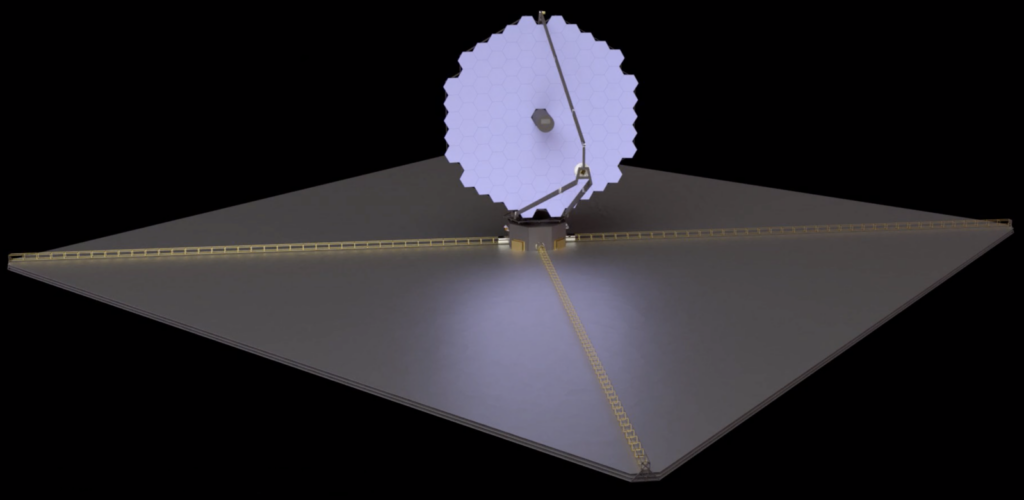
LUVOIR is a concept for a future NASA flagship space telescope, envisioned to launch in the 2030s. Combining ultraviolet, optical, and infrared capabilities, LUVOIR would feature a 15-meter primary mirror, enabling it to conduct deep surveys of the universe, study the formation of stars and galaxies, and search for habitable exoplanets. Developed by a team of scientists and engineers, LUVOIR aims to push the boundaries of observational astronomy, offering unparalleled resolution and sensitivity across a wide range of wavelengths.
HabEx (Habitable Exoplanet Observatory)

HabEx is another NASA concept for a next-generation space telescope, planned for the late 2030s. Focused on directly imaging Earth-like exoplanets, HabEx will feature a 4-meter primary mirror and advanced coronagraphs to block starlight, allowing for detailed study of exoplanet atmospheres. The mission aims to answer fundamental questions about the habitability of planets beyond our solar system. Developed by NASA’s Goddard Space Flight Center, HabEx represents a significant step forward in the search for life in the universe.
SPHEREx (Spectro-Photometer for the History of the Universe, Epoch of Reionization, and Ices Explorer)

Scheduled for launch by NASA in 2024, SPHEREx is designed to perform an all-sky spectral survey in the near-infrared. With its 20-centimeter (8-inch) telescope and a large field of view, SPHEREx will map millions of galaxies, stars, and other celestial objects, providing insights into the origins of galaxies and the role of water and ices in space. Managed by the Massachusetts Institute of Technology (MIT), SPHEREx aims to bridge the gap between cosmology and galaxy evolution studies, offering a comprehensive dataset for astronomers worldwide.
ARIEL (Atmospheric Remote-sensing Infrared Exoplanet Large-survey)
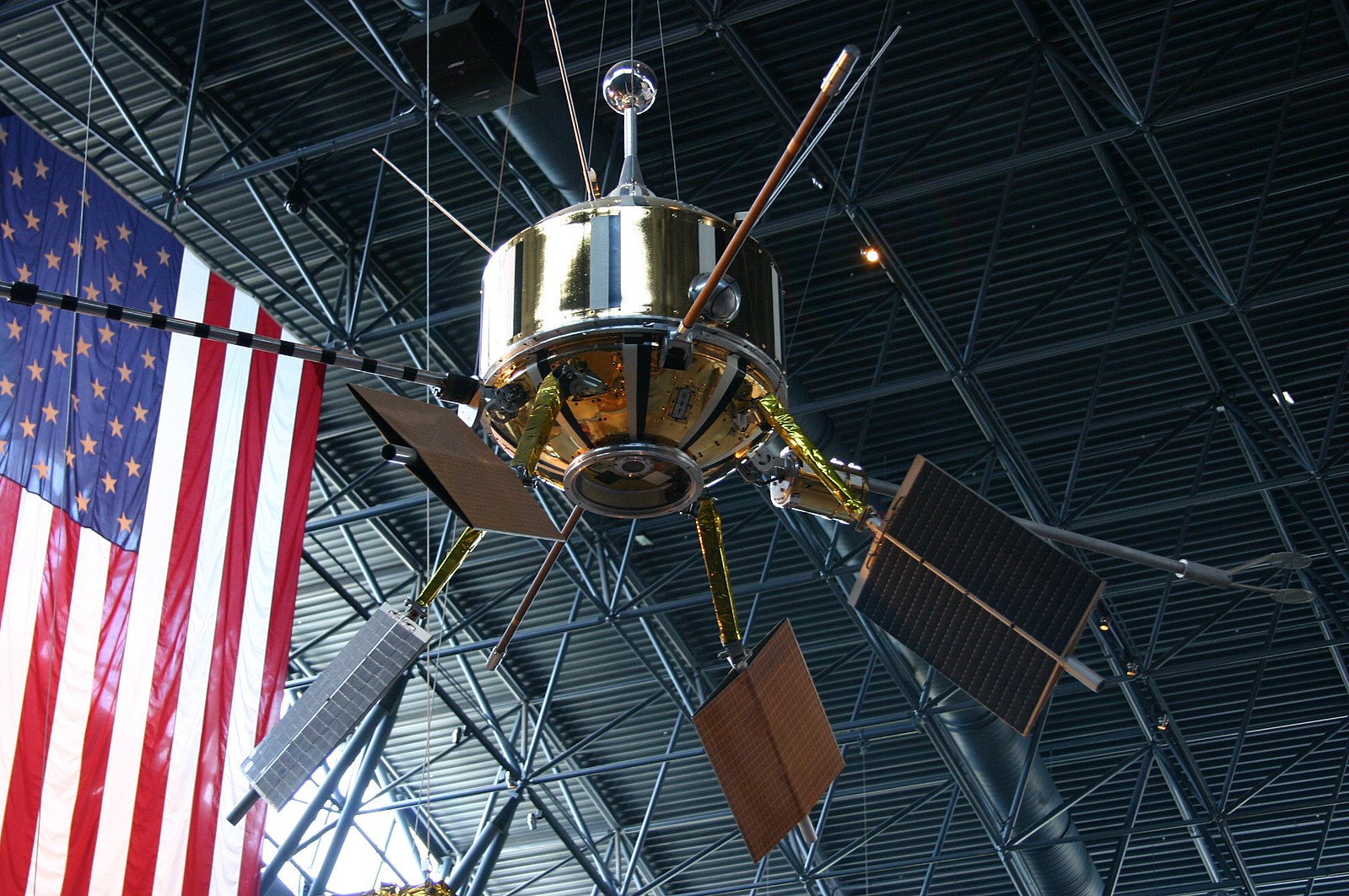
The European Space Agency (ESA) is developing the ARIEL mission, scheduled for launch in 2029. ARIEL will focus on characterizing the atmospheres of over 1,000 exoplanets using infrared spectroscopy. By studying the chemical composition, temperature, and weather patterns of these atmospheres, ARIEL aims to understand the diversity of planetary systems and the conditions that make planets habitable. Collaborating with NASA and other international partners, ARIEL represents a significant advancement in exoplanet research and atmospheric science.
Neutron Star Interior Composition Explorer (NICER)
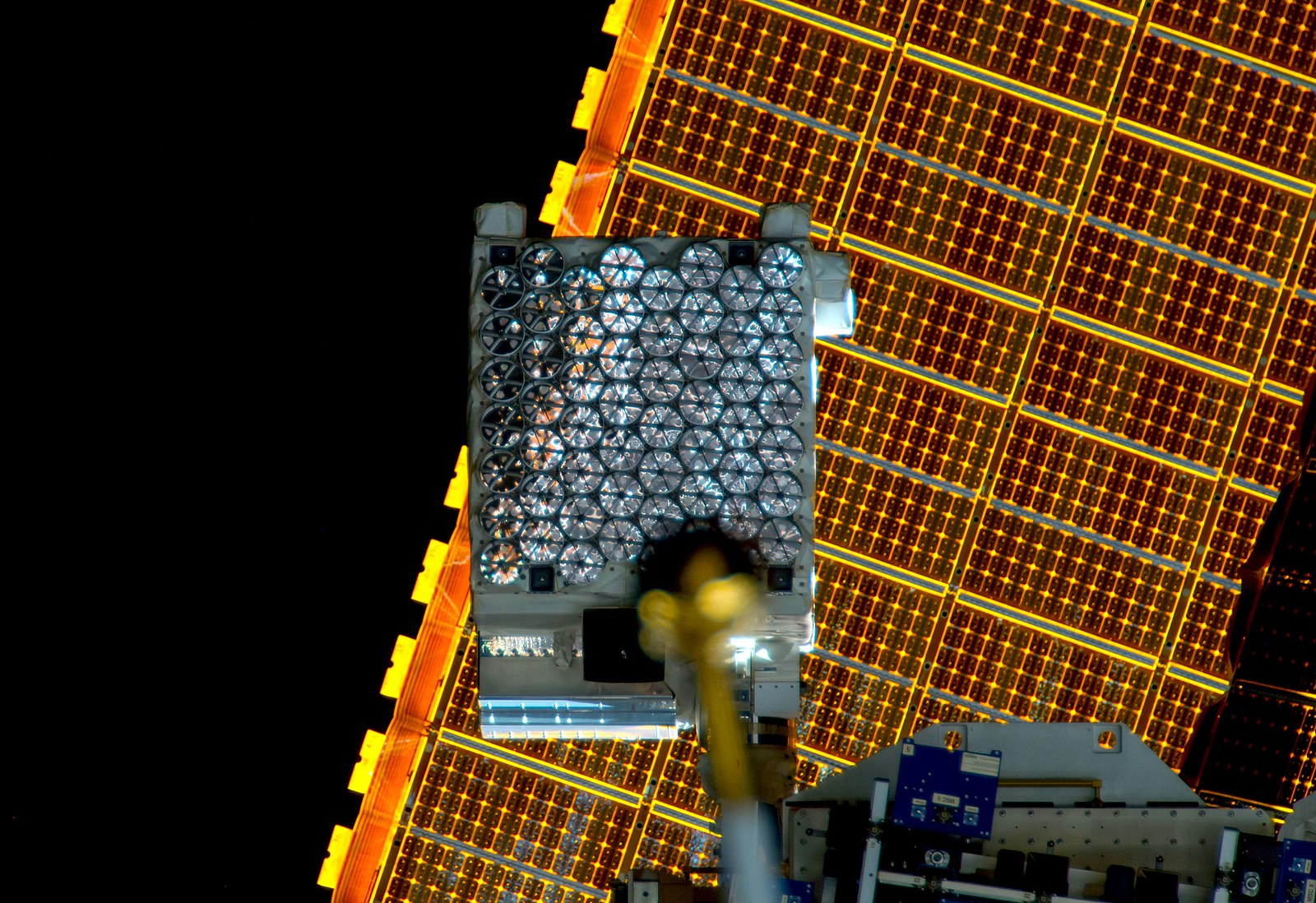
Launched on June 3, 2017, by NASA, NICER is mounted on the International Space Station (ISS) and designed to study the interiors of neutron stars. Utilizing X-ray timing and spectroscopy, NICER provides precise measurements of neutron star masses and radii, offering insights into the behavior of matter under extreme densities. Managed by NASA’s Goddard Space Flight Center, NICER’s observations help scientists understand fundamental physics, including the properties of nuclear matter and the mechanisms behind pulsar emissions.
Roman Space Telescope (formerly WFIRST)
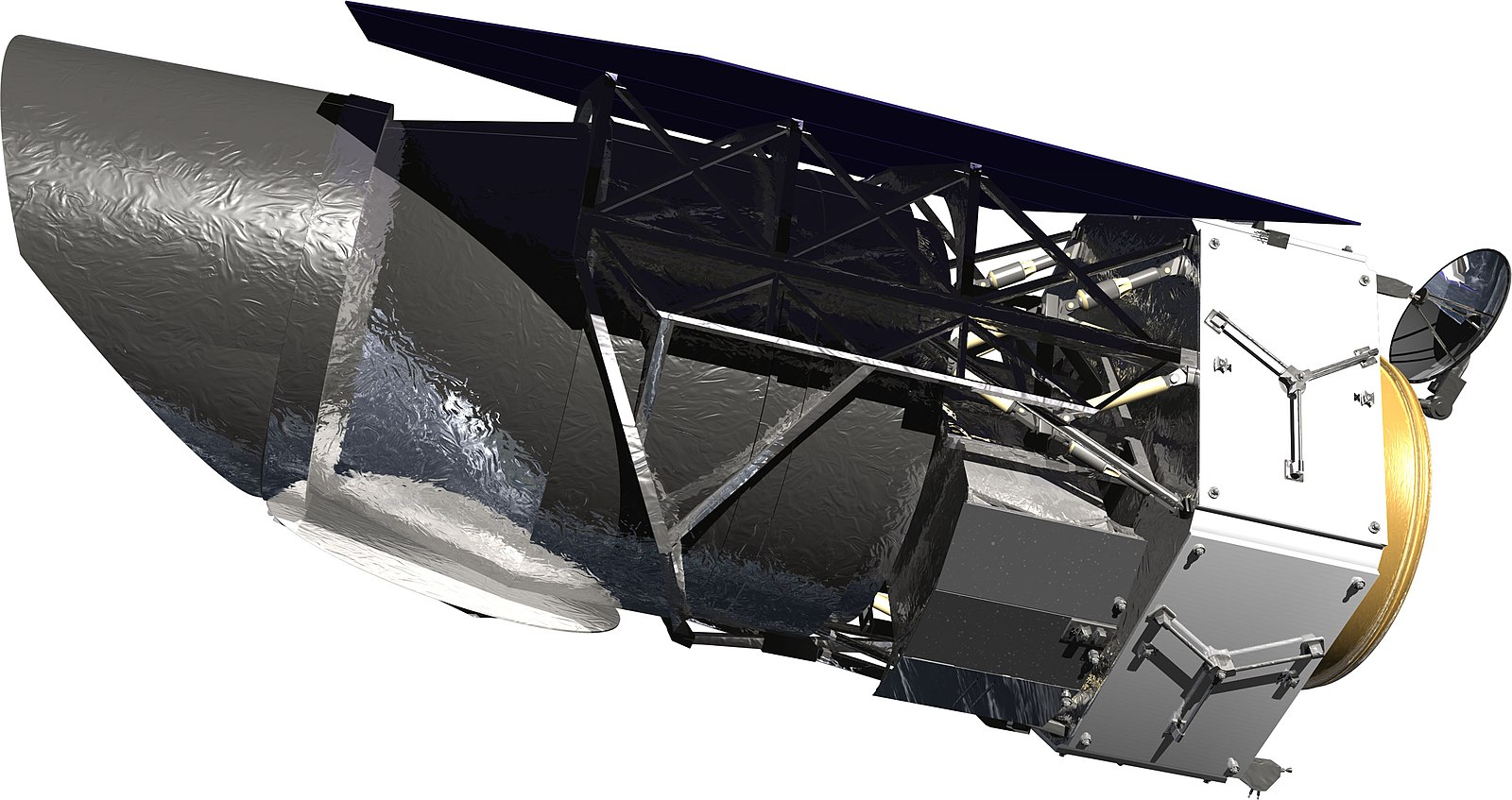
The Nancy Grace Roman Space Telescope, set to launch in the mid-2020s, is a NASA mission focused on understanding dark energy and dark matter. Featuring a 2.4-meter primary mirror and wide-field imaging capabilities, Roman will conduct large-scale surveys of the universe, measuring the distribution of galaxies and mapping the cosmic web. Named after NASA’s first Chief of Astronomy, Nancy Grace Roman, the telescope will also search for exoplanets using microlensing techniques. Its advanced instrumentation and wide field of view make it a pivotal mission for cosmology and galaxy evolution studies.
SPICA (Space Infrared Telescope for Cosmology and Astrophysics)
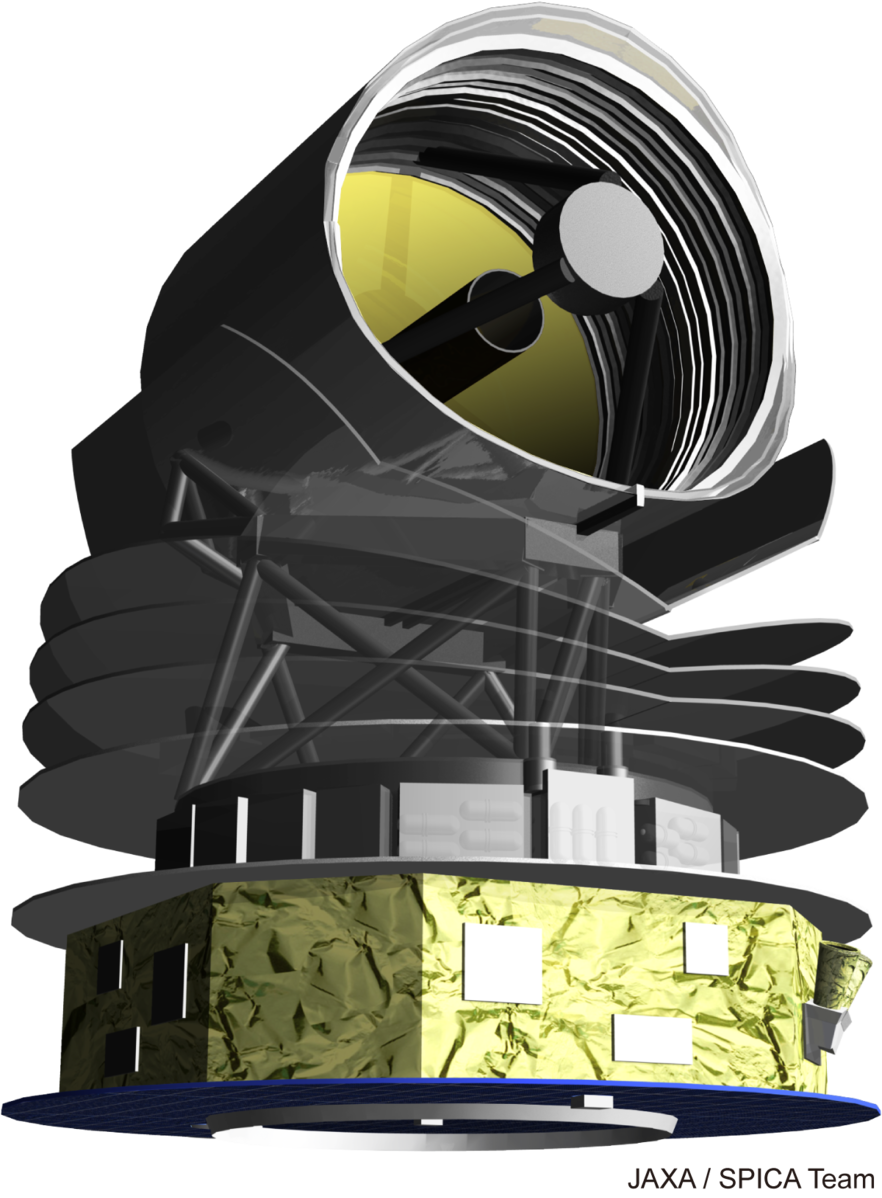
SPICA was a proposed joint mission between ESA and JAXA (Japan Aerospace Exploration Agency), aimed to launch in the late 2020s. Although its status has been uncertain, SPICA was designed to observe the universe in the mid- to far-infrared spectrum, enabling studies of star formation, galaxy evolution, and the interstellar medium. With its cooled 3.0-meter primary mirror, SPICA would have offered unprecedented sensitivity and resolution in the infrared, contributing to our understanding of the cosmic lifecycle. While SPICA’s future remains uncertain, its proposed capabilities highlight the ongoing efforts to explore the universe through infrared astronomy.
This article originally appeared on MyCarMakesNoise.
More from MyCarMakesNoise
Top 15 Modifications to Increase Fuel Efficiency in Your Vehicle

By making a few strategic modifications, you can enhance your car’s performance and get more miles per gallon. Here are 15 modifications that can help you increase fuel efficiency and make every drop of fuel count. Read More.
16 Car Washing Mistakes That Ruin Your Paint Job

From using the wrong products to skipping essential steps, these errors can lead to scratches, dullness, and other issues that are costly to fix. Understanding these pitfalls is key to keeping your car’s paint looking fresh and vibrant. Read More.
20 Design Flaws in Iconic Sports Cars

Even the most iconic sports cars aren’t without their flaws. Despite their legendary status, some of these vehicles have design issues that impact performance, comfort, or reliability. Read More.



